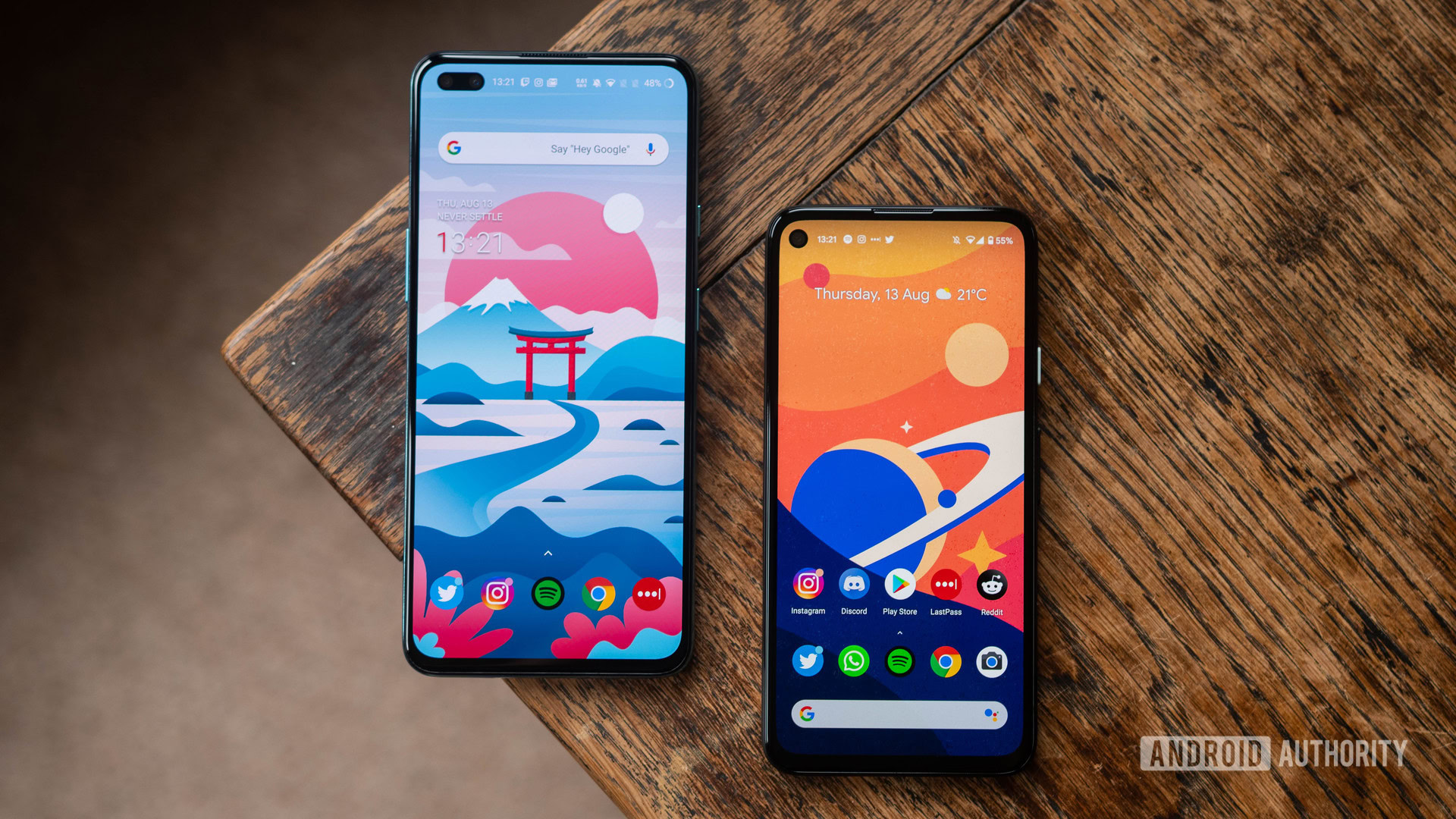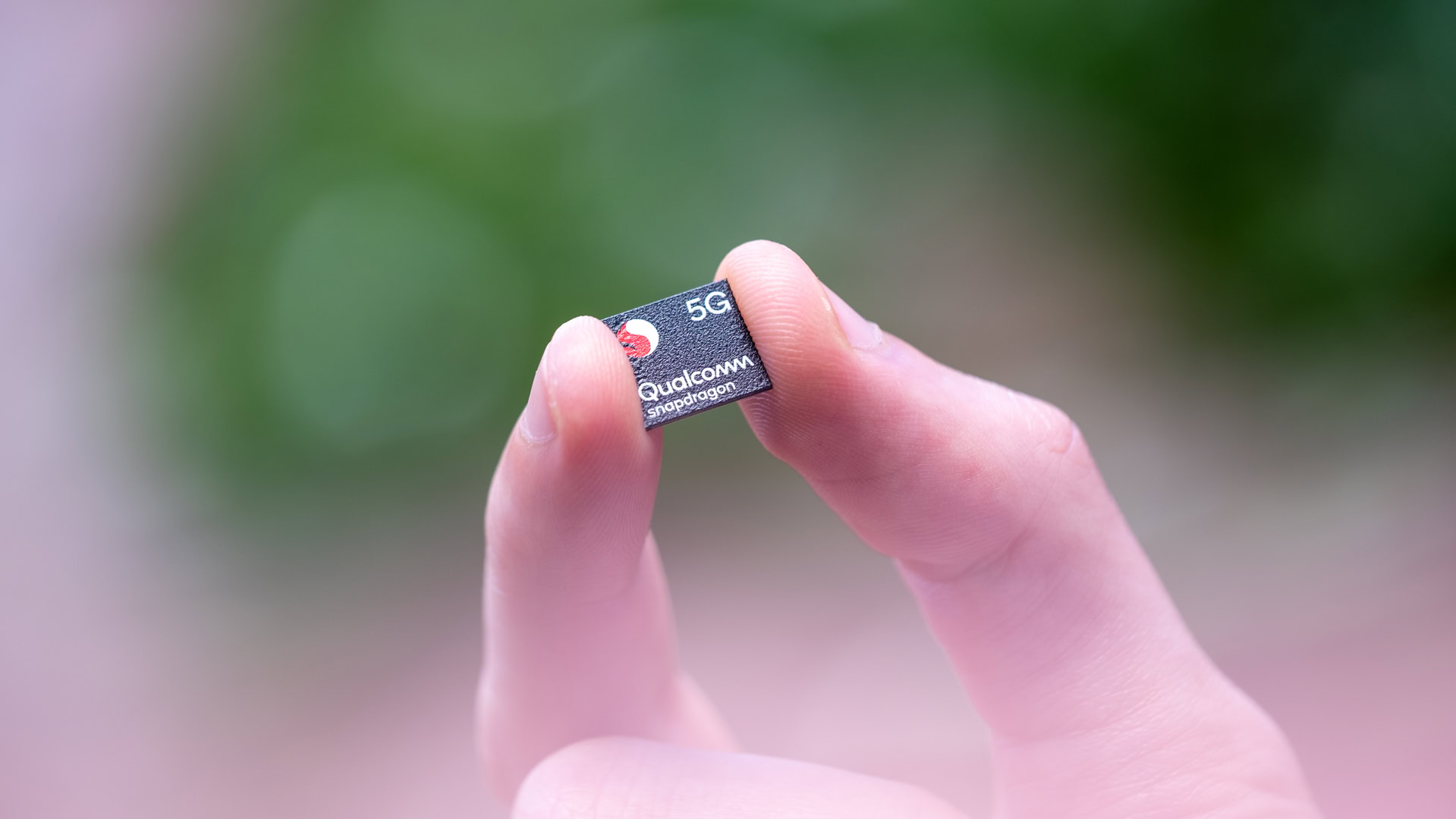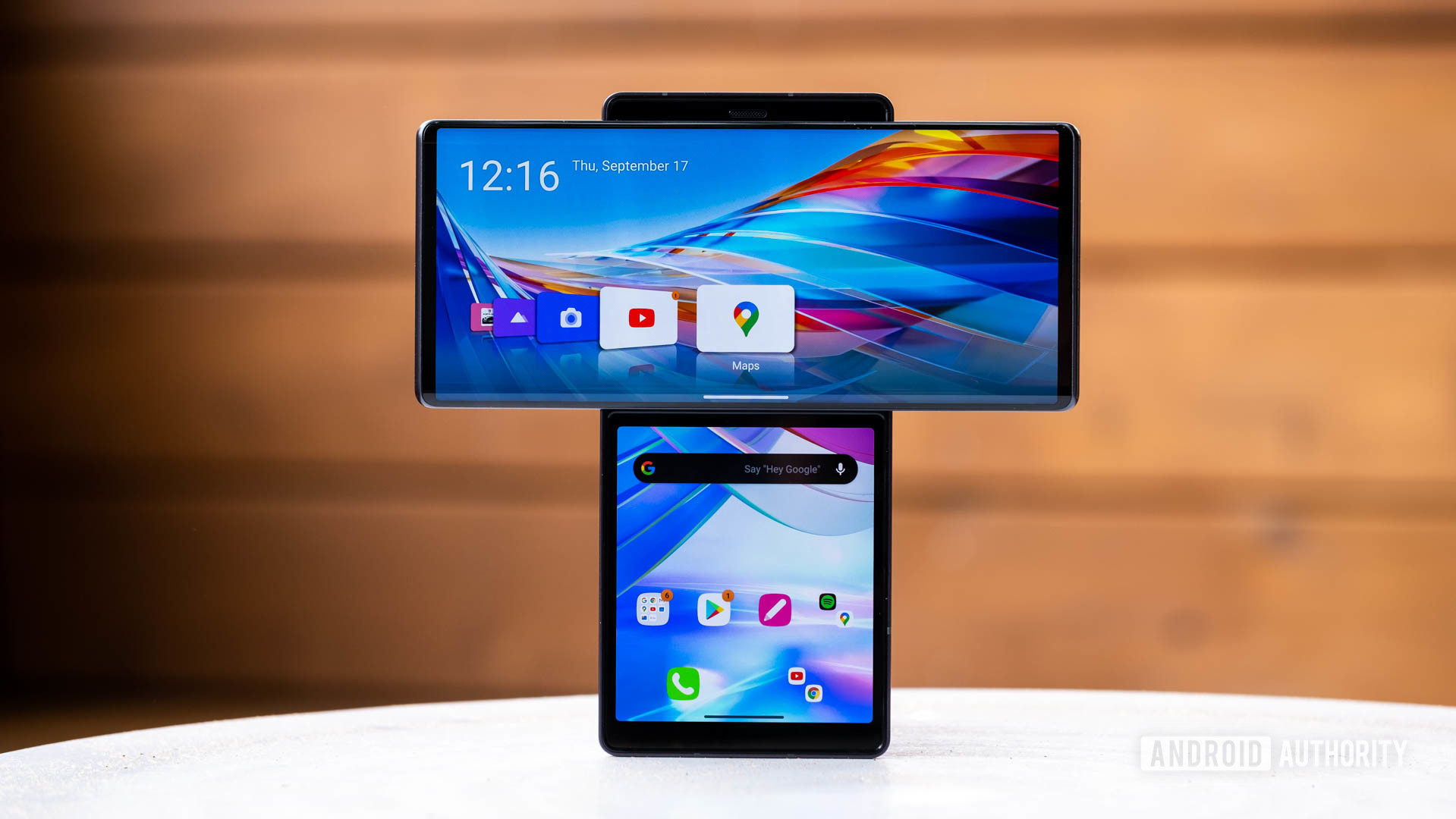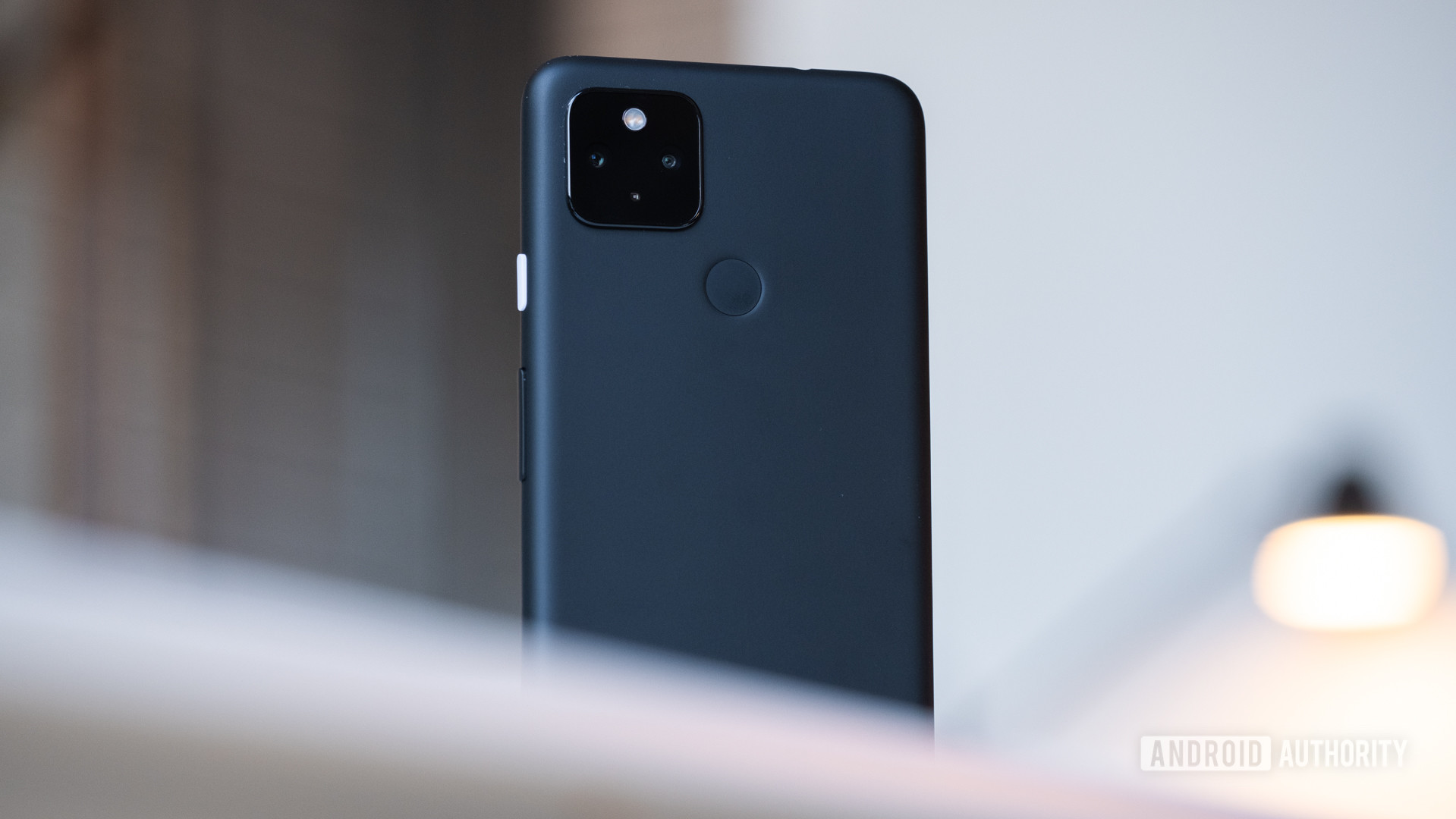Affiliate links on Android Authority may earn us a commission. Learn more.
Did 2020's Snapdragon 765G affordable flagship experiment work?
Published onDecember 13, 2020

Last year’s announcement of the mid-tier Qualcomm Snapdragon 765G processor was overshadowed by the arrival of the flagship-tier Snapdragon 865. However, few would have predicted the breadth of smartphones packing the 765G this year, nor the effect it’s had in almost single handily carving out a new market that bridges the gap between mid-range and flagship handsets.
While flagship smartphones maintained their usual luster and accompanying price tags, many of 2020’s most interesting smartphones appeared at the more affordable end of the spectrum. Most of them powered by Qualcomm’s Snapdragon 765G. It’s been a welcome break from the $1,000 flagship mold, although we don’t yet know how commercially successful these affordable handsets have been.
So, has 2020’s experiment with the Snapdragon 765G paid off? Were there better alternatives for companies looking to produce cheaper phones? Let’s discuss.
Why turn to the Snapdragon 765G anyway?

The popularity of the Snapdragon 765G, at least among manufacturers, stems from a few market trends over the past couple of years. The most obvious driving factor is price. Premium-tier smartphones have pushed well beyond the $1,000 mark recently. It’s a price that fewer and fewer consumers are willing to pay for minor upgrades each generation. A lower price tag makes for more appealing mass-consumer products. And there’s certainly a gap to fill below the Galaxy S20 series at around the $400-$600 mark.
Of course, affordable “flagship killer” handsets were common before the 765G came along. So why adopt a 700 series chip? Industry chatter points to higher flagship chip prices in 2020, owing to the need for an external 5G modem and other networking components. The 765G features an integrated 5G modem, along with a range of other premium-tier features like 120Hz display support. This makes it the most affordable and simplest chip to deploy for 5G this year.
The days where new flagship chips revolutionize day-to-day use are behind us.
At the same time, consumers no longer need the latest and greatest processor technology for a solid smartphone experience. The days of each new flagship chip revolutionizing day-to-day use are behind us. Qualcomm’s 800 series is now more about pushing the bleeding edge. The Snapdragon 765G packs enough performance and features to cover 70% to 80% of more expensive flagship experiences. The lower component cost also allows manufacturers to spend their limited budget on cameras, build materials, IP ratings, and wireless charging. All of which have more tangible benefits to your typical mobile experience than extra raw performance.
Performance that’s good enough
I don’t want to dwell on the performance point too long, because it’s an increasingly small part of the equation these days. However, since we’ve benchmarked a bunch of Snapdragon 765G smartphones on our in-house suite Speed Test G, it’s worth looking at the results.
On average, the mid-tier processor hands in performance roughly around that of the two-year-old Snapdragon 845. Few complained about the performance of that chip. Nevertheless, it’s worth noting that the 765G hands in better CPU scores while performing slightly worse on the GPU side. The Google Pixel 5 is also a notably worse performer in the graphics department than other 765G handsets. So gamers would probably benefit from picking up an older flagship on the cheap.
Overall, the Snapdragon 765G offers performance that was cutting edge just a couple of years ago at a fraction of the price. That’s pretty great. The 765G allows for a better balance of performance and features on a budget than ever before. It still has its weaknesses, such as for gaming, but it caters to the core smartphone experience well enough.
For more Snapdragon 765G testing check out our in-depth look vs the Snapdragon 865.
A chance for brands to reinvent the formula

With obvious benefits in tow, Snapdragon 765G smartphones have taken many forms throughout 2020. Ranging from the ultra-affordable to the wildly experimental.
Looking across the range of handsets, they fall into three rather distinct categories and strategies. The first is manufacturers that have reinvented their brand and flagships around a more affordable ethos. The Google Pixel 5 and LG Velvet are two prime examples, where $699 is deemed the sweet spot for their flagship 5G products. These two have dropped the Snapdragon 800 series altogether this year, discarding old views about the need for peak performance. The vivo X50 also falls neatly into this category, as does the TCL 10 5G.
The second new group is the ultra-affordable 5G segment. These phones straddle the line between flagship and mid-range with high-end features favored over raw power. I’m not convinced that 5G is the selling point many manufacturers believe, but there’s no denying that the OnePlus Nord and Google Pixel 4a 5G are two of the best budget phones you can buy today. Who says you can’t be futureproofed on a budget.
The 765G-powered OnePlus Nord and Google Pixel 4a 5G are two of the best budget phones you can buy.
Then there are the stylish “flagship killers,” mostly, but not exclusively, coming out of China. This formula feels the most familiar and makes up the bulk of 765G phones we’ve seen this year. However, they’re arguably the least interesting, as by moving away from the increasingly expensive flagship Qualcomm chips, brands have instead dropped performance for no clear benefit over older affordable flagships or the 765G-toting mid-rangers. Various phones from realme, OPPO, and Xiaomi fit this bill, as do the Motorola Edge and the Nokia 8.3. They are decent phones, but with many of the usual mid-range pros and cons, and without the flagship-tier power.
Then there’s the experimental LG Wing. It stands out on its own for using a mid-tier chip in a wildly innovative product. However, as we discovered in our review, the processor is actually a drawback when driving two displays worth of content. Still, I think it’s safe to say that reviewers would have been far more critical of the LG Wing if it cost $1,500, which it almost certainly would have if it packed top-tier silicon.
Did the Snapdragon 765G experiment work?

2020 has seen its share of great and not-so-great handsets, but many of the year’s most interesting and appealing phones feature a Snapdragon 765G. While ultra-premium flagships grab the usual accolades for their bleeding-edge features, it’s affordable phones like the Nord and Pixels that rightly earned the highest recommendations — not just from Android Authority, but across the whole industry. Of course, the cheaper chipset is not the only thing that makes these phones great, but it’s a key enabler.
The Snapdragon 765G has created a super mid-tier and with it some of the best phones of 2020.
This year’s hot trend has helped make 5G much more affordable than ever before and has left 2020 with a selection of compelling super mid-tier smartphones to pick from. Of course, there’s still room to improve this formula, particularly when it comes to gaming performance and camera processing speeds. Hopefully, that’s something to look forward to in upcoming handsets. The Snapdragon 765G isn’t the only game in town now and it’s likely we’ll see this “super mid-tier” become even more competitive next year.
Overall, I’d rate 2020’s experimentation with the Snapdragon 765G a resounding success that’s helped produce some of the year’s best smartphones. Let’s hope for more of the same in 2021.